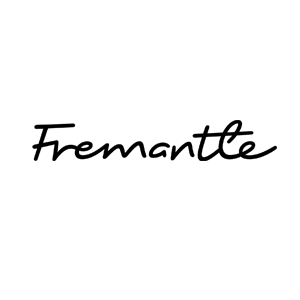Pride: The Power of Representation

Pride season has officially begun. Amidst the parade of rainbows, drag queens and glitter, the true ethos of pride is situated in the fight and resilience of LGBTQIA+ individuals and the power of a unified voice. Representation is one such avenue that queer voices are shown. Whether depicted through fictional characters in films or reality television stars, representation is fundamental in familiarising queer people with mainstream audiences, and as a result provides an important insight into the complexities and struggles queer people face in wider society.
Queer representation within Western media has historically been intertwined with societal opinions on LGBTQIA+ individuals. Unfortunately, most popular depictions have been inherently negative: often portraying gay, transgender and queer characters as offensive caricatures or as one-dimensional villains, tokens and jokes. Characters in critically acclaimed films like Norman Bates in Psycho, and Rayon in Dallas Buyers Club help reinforce negative stereotypes: with gender and sexual fluidity depicted as abnormal and performative. Despite over sixty years between the release of both films, these patterns—particularly with depictions of transgender and gender-non-conforming characters—highlights the intertwining between queer representation and wider heteronormative societal fears.
The negative tropes that connect both old and modern depictions of queerness are further perpetuated when people both in front and behind the screen who are not queer or trans, choose to portray LGTBQIA+ stories to mainstream audiences. Whilst this is a divisive issue within the queer community, what can happen is a loss of nuance and dimension within stories, a problem that is rectified when queer people tell their own narratives. Particularly with transgender representation, almost every major Hollywood movie with a trans story has used popular cisgender actors like Hillary Swank in Boys Don’t Cry and Eddie Redmayne in The Danish Girl to play trans characters. Whilst these films have been rewarded for putting trans narratives on the big screen in a more humanised manner, by casting cisgender actors as trans characters, these depictions problematically reinforce the rhetoric that trans and queerness is something performative and a costume easily removed. In a climate where trans issues have never been more contentious, these portrayals are critical to sway societal opinion.
Whilst negative stereotypes have impacted LGBTQIA+ media representation, there are however incredible depictions of queer and trans people which have helped push back on homophobic and transphobic rhetoric. From British soap characters like Craig and John Paul in Hollyoaks and Beth and Margaret in Brookside, to award-winning movies like Moonlight and Rustin, to reality tv stars like RuPaul and Sasha Colby, positive LGBTQIA+ depictions have provided ground-breaking representation and have provided a platform where queer people can finally see themselves portrayed more authentically. In correlation to the wider acceptance and integration of LGBTQIA+ people into mainstream society (predominately lesbian and gay people) queer stories are more prevalent than ever, with the commercial and critical success of content like Heartstopper and Bottoms, showcasing the popularity of queer-led productions.
Representation matters. For many LGBTQIA+ people, it provides an avenue of escapism: a chance to see themselves on both the big and small screen. Positive representation shows queer people that their authentic selves are normal and something to celebrate and not hide away. What needs to continue is giving queer and trans people the resources and platforms to tell their narratives, continuing to bring alight the beauty and pride of being LGBTQIA+.







